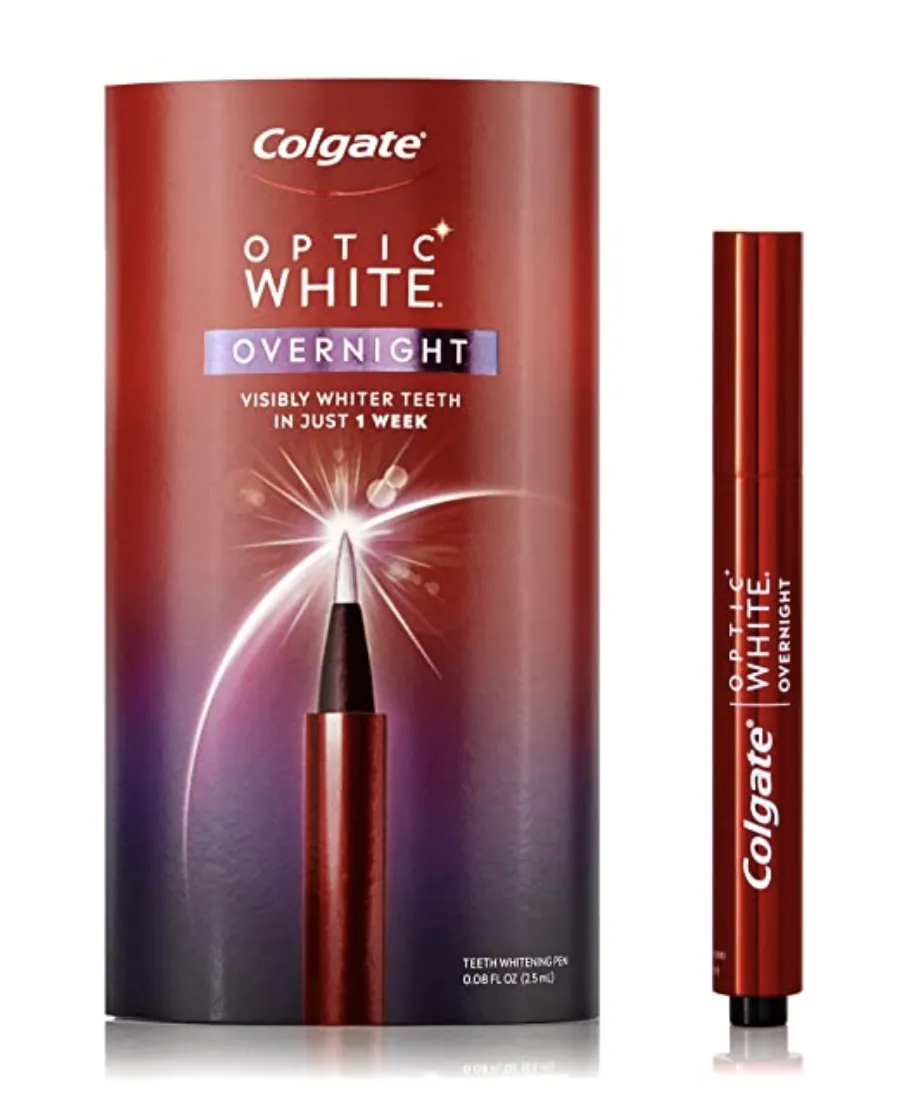What is a Whitening Pen?
A teeth whitening pen is a portable and convenient tool designed to help you achieve a brighter smile. It typically contains a whitening gel that is applied directly to the teeth. These pens are a popular choice for those seeking an easy, at-home teeth whitening solution. They offer a user-friendly experience and are small enough to carry in a purse or pocket, making them ideal for on-the-go touch-ups. The effectiveness of a whitening pen often depends on its formulation, concentration of active ingredients, and adherence to the application instructions. They provide a cost-effective alternative compared to professional whitening treatments, but may require consistent use to achieve the desired results. It is crucial to choose a whitening pen from a reputable brand and to follow all product instructions carefully to ensure both safety and efficacy.
How Whitening Pens Work
Whitening pens generally work through a chemical process involving oxidizing agents, primarily hydrogen peroxide or carbamide peroxide. When the whitening gel comes into contact with the enamel of the teeth, the peroxide breaks down, releasing oxygen molecules. These oxygen molecules penetrate the enamel and dentin, breaking down the stain molecules that cause discoloration. The process lifts the stains, revealing a whiter and brighter surface. The concentration of the active ingredient plays a significant role in the whitening efficacy. Higher concentrations often lead to faster results but may also increase the risk of sensitivity. The duration of the application and the frequency of use also influence the final outcome. Regular use, as directed by the manufacturer, is usually necessary to achieve and maintain the desired level of whiteness.
The Science Behind Teeth Whitening

Teeth whitening relies on the principles of oxidation and stain removal. Tooth enamel is porous, and over time, stains from food, drinks (like coffee, tea, and red wine), and tobacco products accumulate within these pores, causing discoloration. Whitening agents, like hydrogen peroxide, act as oxidizing agents. They introduce oxygen molecules that break down the stain molecules, making them less visible and effectively lightening the tooth’s color. The effectiveness of this process is also determined by factors like the concentration of the whitening agent, the contact time, and the individual’s enamel porosity. Some whitening products also contain desensitizing agents, like potassium nitrate, to minimize potential sensitivity. Understanding the science behind teeth whitening can help you make informed choices about the products you use and manage your expectations regarding results.
Top 5 Facts About Whitening Pens
Fact 1 Key Ingredients and Their Role
The primary active ingredients in whitening pens are typically hydrogen peroxide or carbamide peroxide. Hydrogen peroxide is the stronger of the two and provides faster results, while carbamide peroxide breaks down into hydrogen peroxide over time. Both ingredients act as bleaching agents, breaking down stain molecules within the tooth enamel. Besides the active ingredients, whitening pens often contain other components, such as glycerin to help the gel adhere to the teeth, flavorings for a pleasant taste, and stabilizers to maintain the product’s effectiveness. Some pens also include desensitizing agents, like potassium nitrate, to reduce potential tooth sensitivity. Always check the ingredient list for any potential allergens or ingredients that you may want to avoid. Understanding the role of each ingredient can help you choose the most effective and suitable whitening pen for your needs.
Fact 2 Benefits of Using a Whitening Pen
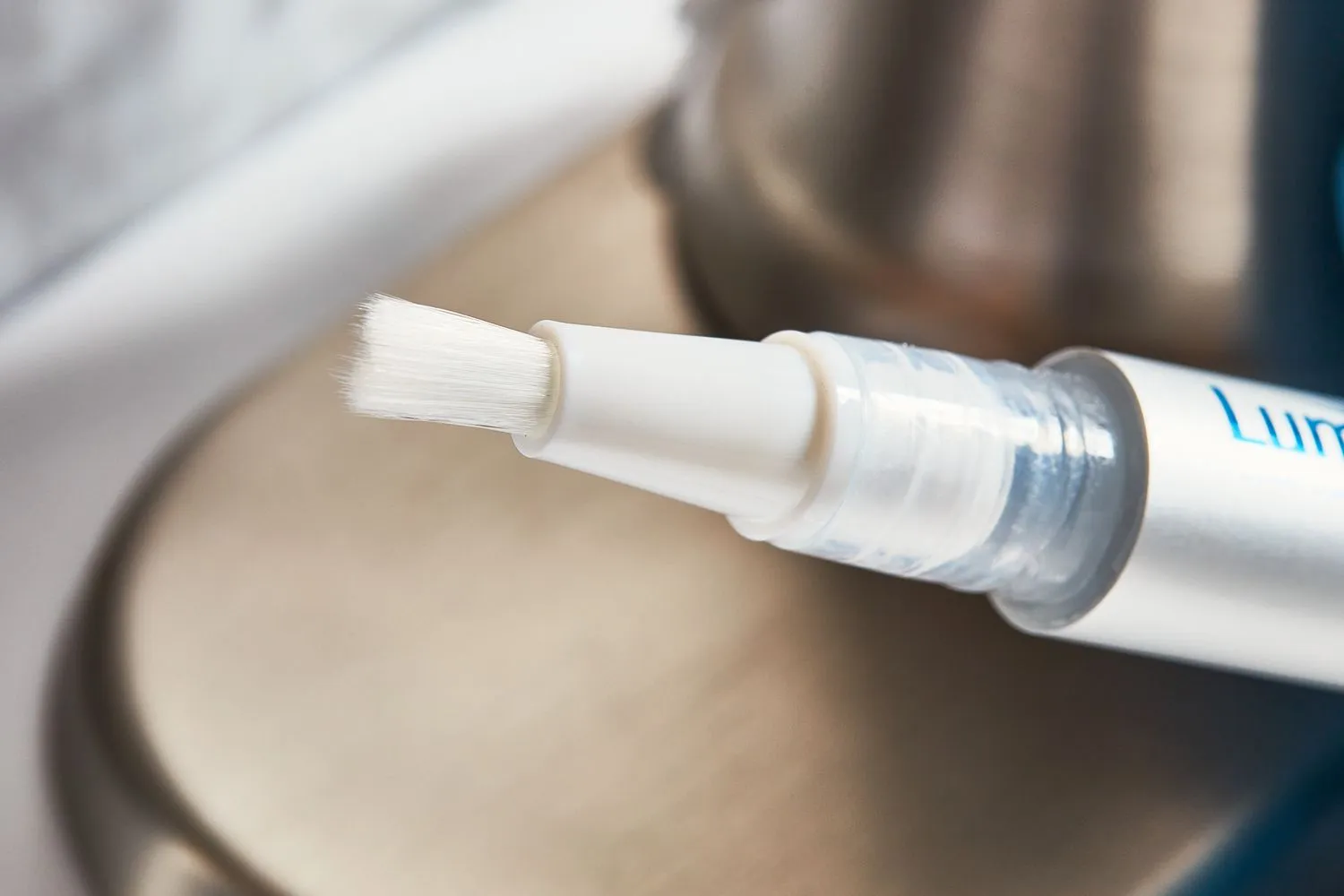
Whitening pens offer several advantages, making them a popular choice for teeth whitening. Their portability allows for convenient use anytime, anywhere, enabling touch-ups and maintenance on the go. They are typically more affordable than professional whitening treatments, making them accessible to a wider audience. The ease of application, with a pen-like design, simplifies the whitening process, making it user-friendly. Many people find whitening pens to be a less invasive option compared to other methods like trays or strips. Regular use can lead to a noticeably brighter smile, boosting confidence. However, it’s important to remember that the effectiveness of a whitening pen can vary depending on the individual, the type of stains, and the product itself. Consider the benefits along with the potential limitations when choosing a whitening pen.
Fact 3 How to Use a Whitening Pen Effectively
To use a whitening pen effectively, start by brushing and flossing your teeth to remove any surface debris. Dry your teeth with a tissue to ensure better gel adhesion. Twist the pen’s base to dispense the whitening gel onto the applicator brush. Apply a thin layer of the gel directly to each tooth, avoiding contact with your gums. Keep your mouth open for the recommended time, typically 30 seconds to a minute, according to the product instructions. Avoid eating or drinking for at least 30 minutes after application to allow the gel to work effectively. Wipe off any excess gel from the applicator and replace the cap tightly after use. Consistency is key; follow the instructions on the product label for frequency of use. Ensure you do not over apply the product, as that may lead to unwanted side effects.
Step-by-step Guide to Application
- Brush and floss your teeth thoroughly.
- Dry your teeth with a clean tissue.
- Twist the pen to dispense the gel.
- Apply a thin layer to each tooth.
- Keep your mouth open for the recommended time.
- Avoid eating or drinking for 30 minutes.
- Wipe the applicator and recap the pen.
Fact 4 Considerations Before Use
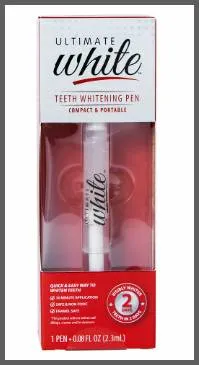
Before using a whitening pen, it’s important to consider several factors. Check with your dentist, especially if you have existing dental work, such as fillings, crowns, or veneers, as these will not whiten with the pen and can create uneven coloring. Whitening pens may not be suitable for everyone. If you have sensitive teeth or gum disease, consult your dentist before use. Assess the product’s ingredients to check for any potential allergens or sensitivities. Read and follow the product instructions carefully to avoid misuse and potential side effects. Be realistic about the results; whitening pens typically offer gradual improvements and may not achieve the same dramatic results as professional treatments. Consider the type of stains on your teeth; some stains respond better to whitening than others. If you are pregnant or breastfeeding, consult your doctor before use.
Safety and Potential Side Effects
While whitening pens are generally safe, potential side effects should be considered. The most common side effect is tooth sensitivity, which can occur during or after treatment. This is usually temporary and resolves after stopping or reducing the frequency of use. Gum irritation or inflammation can also occur if the gel comes into contact with the gums; ensuring the gel is applied only to the teeth can prevent this. In rare cases, some users may experience mild discomfort in the jaw. Always follow the product instructions carefully and avoid excessive use to minimize the risk of side effects. If you experience persistent sensitivity or other adverse reactions, discontinue use and consult your dentist. Proper use and awareness of potential side effects are crucial for a safe and effective teeth whitening experience.
Fact 5 Maintaining Your White Smile
Maintaining a white smile requires a combination of preventive measures and ongoing care. Limit your consumption of staining foods and drinks, such as coffee, tea, red wine, and dark berries. Rinse your mouth with water after consuming these items to minimize staining. Brush your teeth at least twice a day and floss daily to remove plaque and surface stains. Use a whitening toothpaste to help maintain brightness, but avoid overusing abrasive toothpastes, which can damage enamel. Schedule regular dental check-ups and cleanings to remove any accumulated stains and maintain overall oral health. Touch-up with your whitening pen as needed to maintain your desired level of whiteness. Consider using a straw when drinking staining beverages to minimize their contact with your teeth. Maintaining your white smile is a continuous process, and consistency in your oral hygiene routine is the key.
Tips for Long-Lasting Results
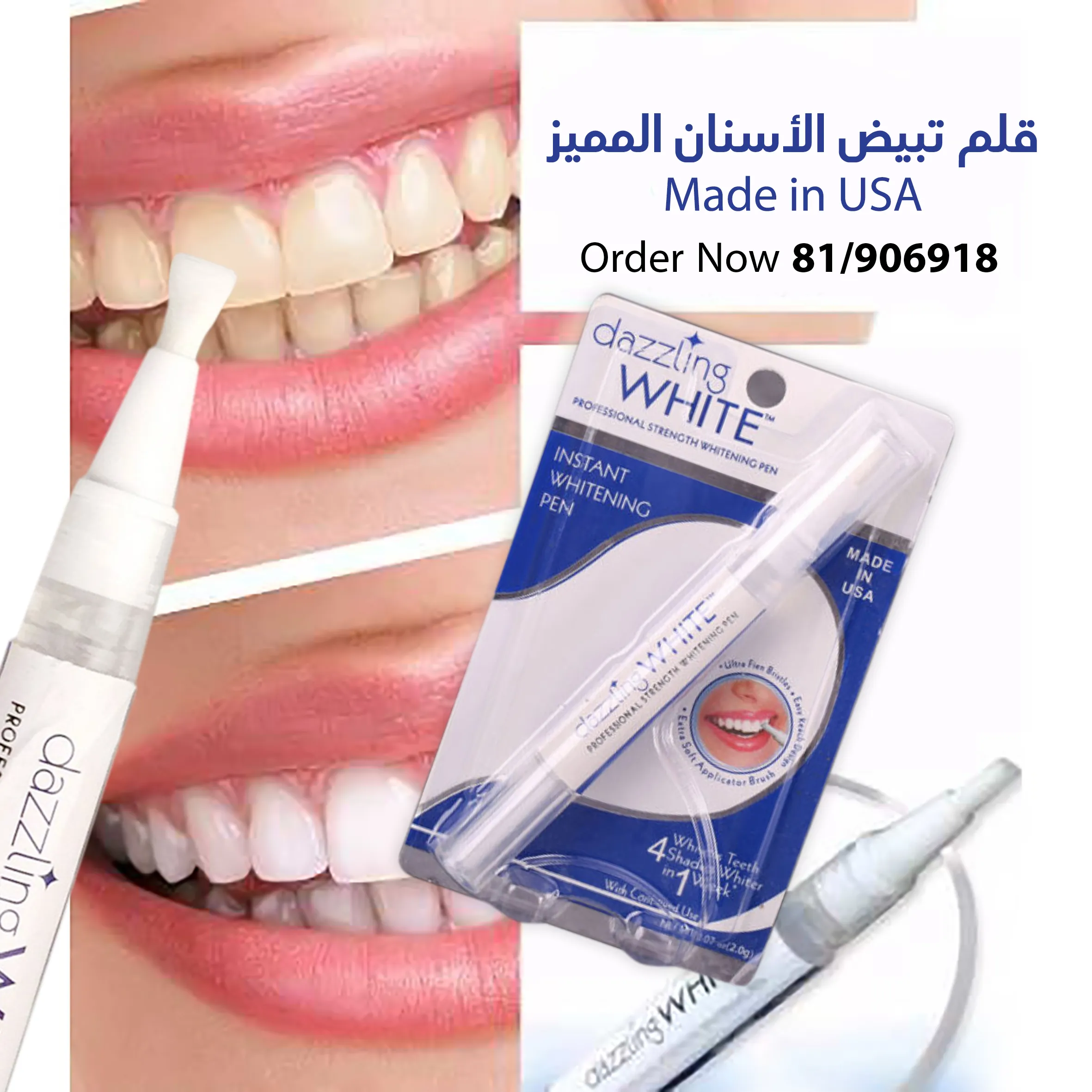
- Avoid staining foods and drinks.
- Brush and floss regularly.
- Use a whitening toothpaste.
- Get regular dental cleanings.
- Use touch-up treatments as needed.
- Consider using a straw.
Comparing Whitening Pens to Other Methods
Several teeth whitening methods are available, each with its own pros and cons. Compared to whitening strips, pens offer greater portability and are often more targeted in application. Strips, however, may cover a larger surface area of the teeth. In comparison to tray-based systems, pens are less messy and require less preparation. Tray systems, however, can provide more consistent and controlled whitening. Whitening toothpastes offer a gentle approach to stain removal, but their whitening effects are generally more subtle compared to pens. Professional whitening treatments at a dentist’s office provide the most dramatic results, using higher concentrations of whitening agents under professional supervision. However, professional treatments are significantly more expensive. The best method for you depends on your needs, budget, and desired results. Consider factors like convenience, cost, and the degree of whitening needed when making your choice.
Whitening Strips vs Whitening Pen
Whitening strips and whitening pens are both popular at-home teeth whitening options, each with unique advantages. Whitening strips typically cover a larger surface area of the teeth, potentially providing more even whitening across the front teeth. They are easy to use and often provide noticeable results within a few weeks. However, strips can be less convenient for touch-ups and may not reach all areas of the teeth effectively. Whitening pens offer greater portability, allowing for on-the-go application, making them convenient for quick touch-ups. Pens provide more targeted application, which can be useful if you have sensitive teeth or specific areas needing whitening. The choice between strips and pens depends on your preferences and needs. Consider the ease of use, the coverage area, and the desired level of control when choosing between these options.
Professional Whitening vs. Whitening Pen
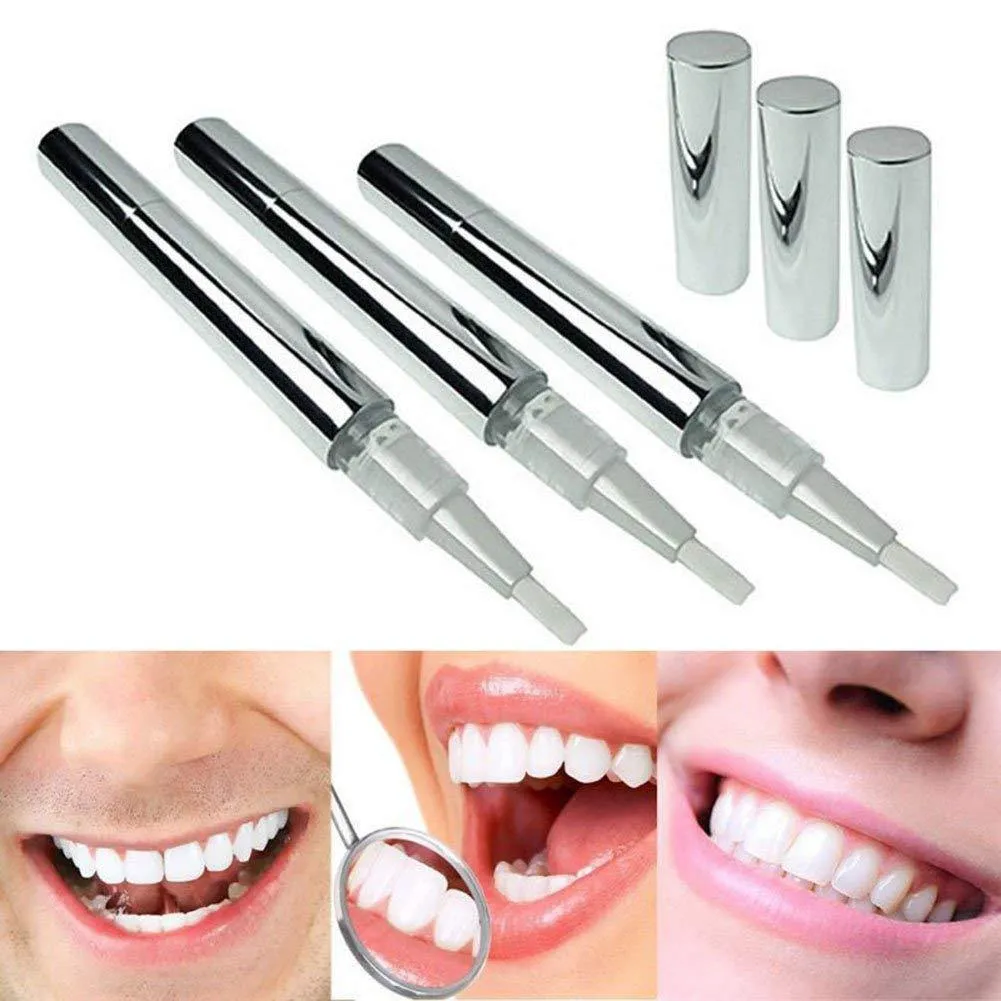
Professional teeth whitening, performed by a dentist, offers the most dramatic and immediate results. Dentists use higher concentrations of whitening agents and can also use special lights or lasers to enhance the whitening process. Professional treatments are closely monitored to ensure safety and minimize potential side effects. This method is ideal if you want significant whitening and are looking for the best possible results. However, professional whitening is more expensive than at-home options. Whitening pens, on the other hand, are a cost-effective and convenient at-home solution. They are easily accessible and allow you to whiten your teeth at your own pace. While pens may not offer the same dramatic results as professional treatments, they can still provide noticeable improvements in teeth brightness. Consider your budget, the desired results, and your sensitivity levels when choosing between professional and at-home whitening methods.
